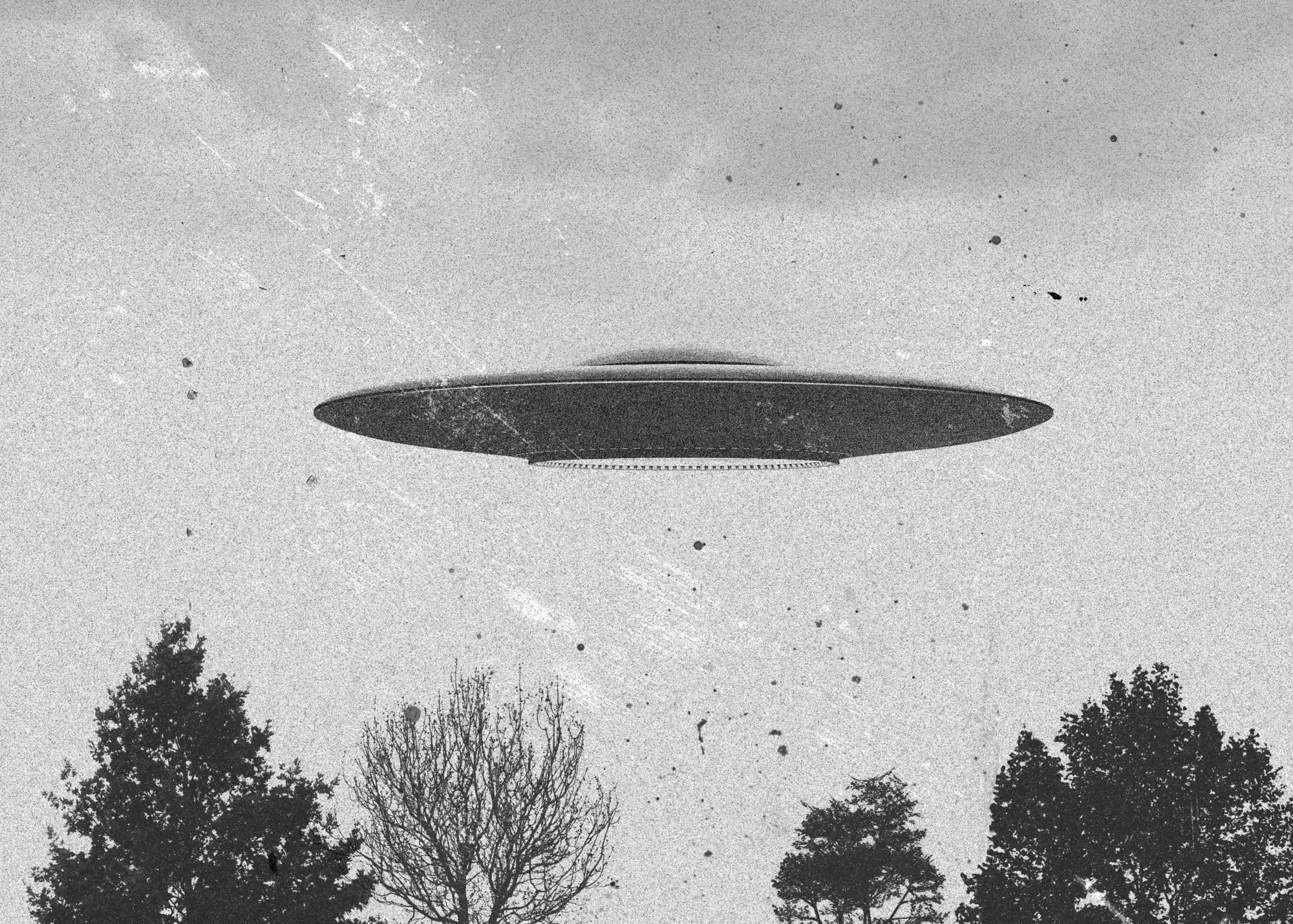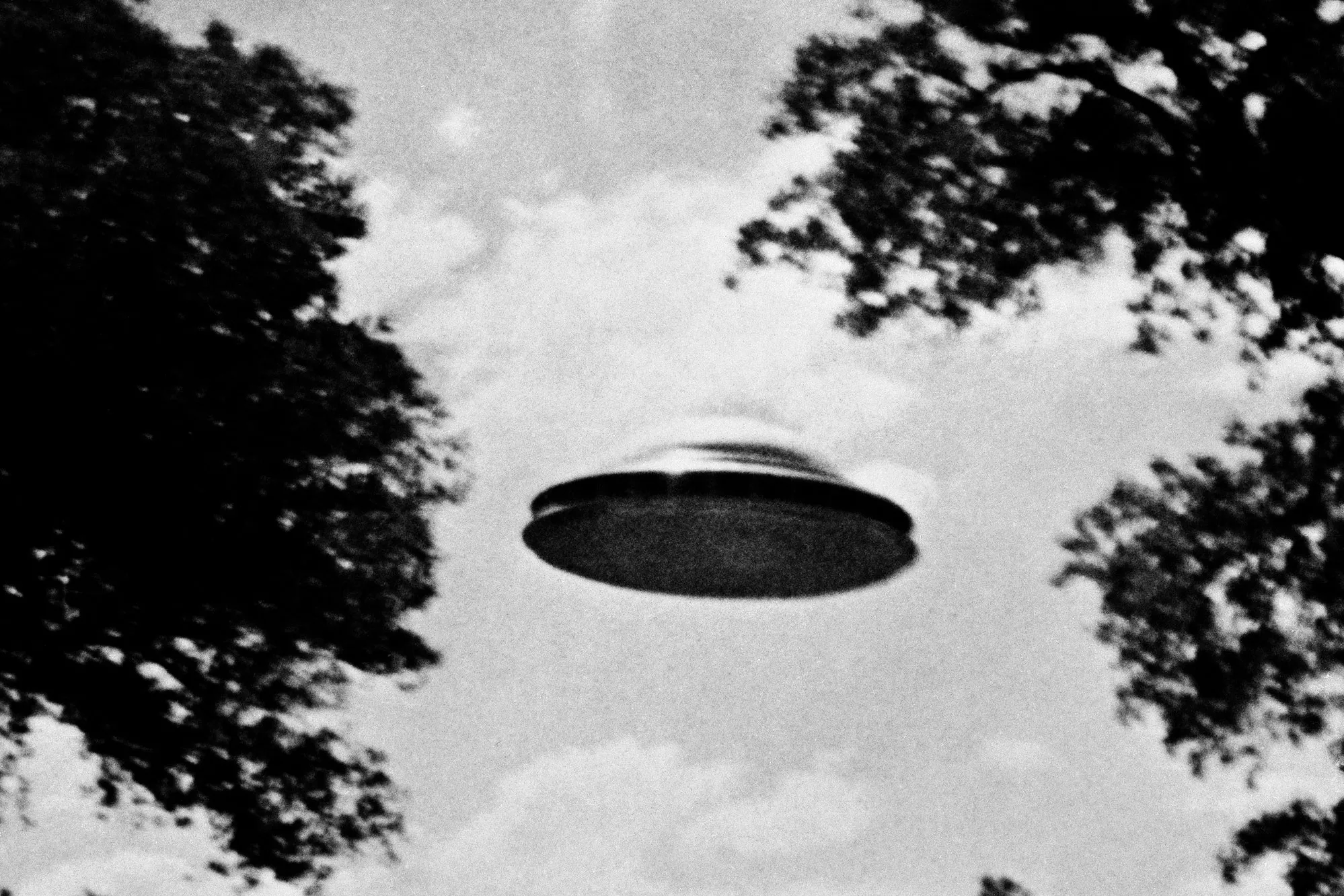vcdiversity.org – The UFO phenomenon has long fascinated humanity, with countless reports of unidentified flying objects (UFOs) spotted in the skies around the world. But are these sightings evidence of extraterrestrial life, or can they be explained by more earthly phenomena? This article delves into the evidence and theories surrounding UFOs to explore whether the phenomenon is fact or fiction.
The History of UFO Sightings
UFO sightings date back centuries, with historical accounts from various cultures describing mysterious aerial phenomena. However, the modern era of UFO reports began in the late 1940s and gained significant public attention with the Kenneth Arnold sighting in 1947. Since then, thousands of UFO encounters have been documented, ranging from simple lights in the sky to complex craft with astonishing capabilities.
Scientific and Government Investigations
Several governments and scientific organizations have investigated UFO sightings. In the United States, projects like Sign (1947-1949), Grudge (1949-1952), and Blue Book (1952-1969) were established by the U.S. Air Force to study UFOs. While these projects concluded that most sightings had conventional explanations, a small percentage remained unexplained.
The Role of Technology and Misidentification
Many UFO sightings can be attributed to misidentification of natural phenomena or human-made objects. For example, atmospheric phenomena like lenticular clouds or sundogs can appear mysterious to the untrained eye. Similarly, satellites, aircraft, drones, and other technological devices can be mistaken for UFOs.
The Search for Extraterrestrial Intelligence (SETI)
The SETI Institute and other organizations actively search for signs of intelligent life beyond Earth. While SETI has not yet found definitive proof of extraterrestrial civilizations, the discovery of exoplanets in habitable zones around other stars has increased the likelihood that life could exist elsewhere in the universe.
The Psychological Aspect of UFO Sightings
Some researchers argue that UFO sightings are a product of human psychology. The human brain is wired to find patterns and explanations, even when presented with ambiguous or insufficient data. This cognitive bias can lead to the perception of UFOs where none exist.
Conclusion
The UFO phenomenon remains a subject of debate and speculation. While most sightings can be explained by natural or human-made causes, a fraction of reports defy easy explanation. The possibility of extraterrestrial life cannot be dismissed outright, but conclusive evidence has yet to be presented. As technology advances and our understanding of the universe deepens, the truth about UFOs may one day be revealed.

